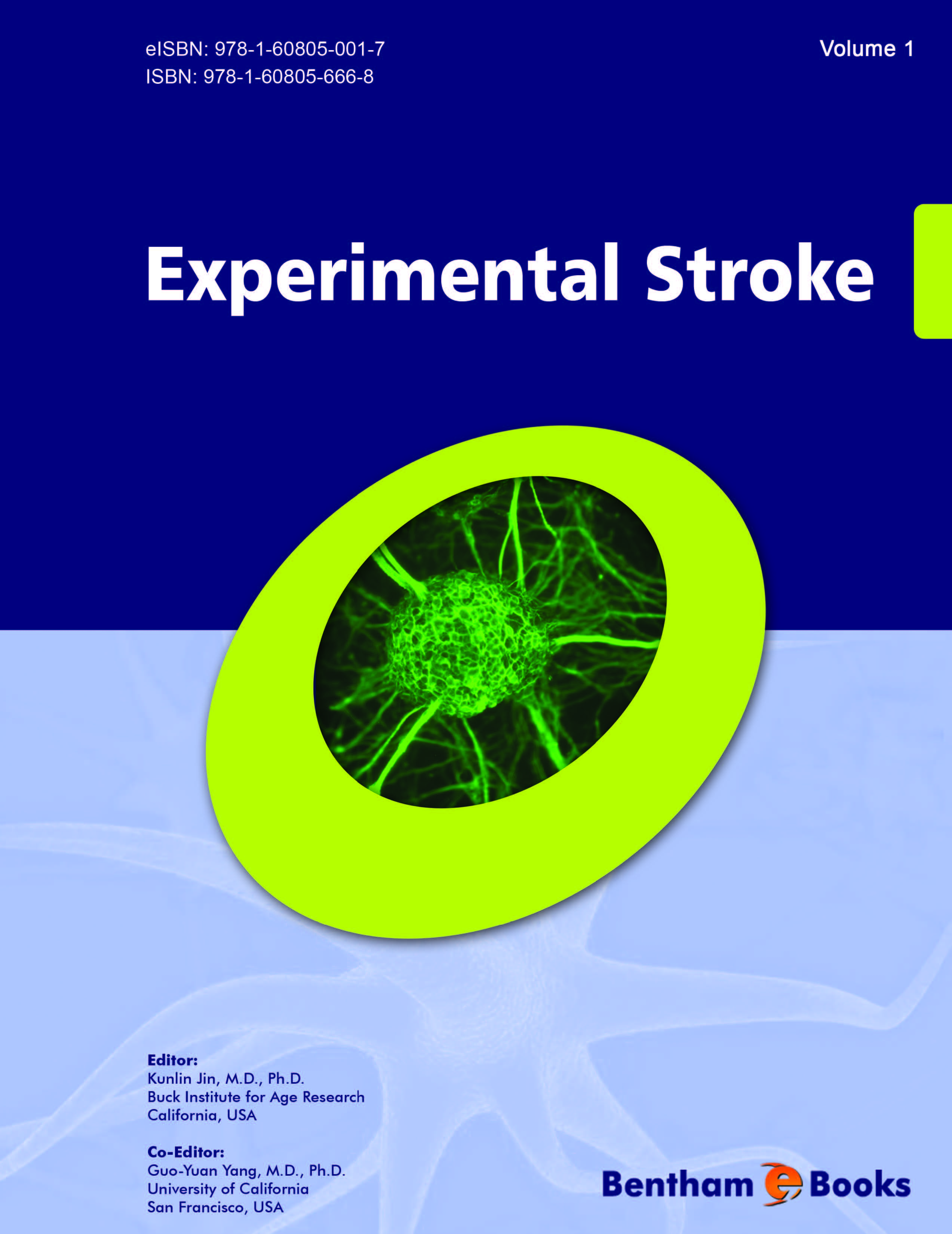Preface
Stroke is a global health problem affecting approximately 15 million people annually throughout the world and about 700,000 people in the USA. It is the third leading cause of death and the most common cause of disability in most developed countries. Although extensive research in basic and preclinical studies has been done and significant progress is being made toward an understanding of the pathophysiology and injury mechanisms and treatment of stroke, there is no comprehensive reference or book that compiles the forefront issues in stroke research.
This is the first experimental reference book of its kind, in which a panel of leading experts specifically addresses current knowledge of both basic science and clinical perspectives in the field of ischemic stroke. Evidently, the book is timely. In the following fifteen chapters, various authors give a comprehensive review of experimental stroke, covering the latest advances such as programmed cell death pathways following cerebral ischemia, application of exogenous and endogenous neural stem cells in experimental stroke models, neurogenesis factors, Ca2+-permeable cation channels in glutamate-dependent and independent Ca2+ toxicity after stroke, protective effect of postconditioning after global and focal ischemia, neovascularization after stroke, blood-brain barrier and matrix metalloproteinases after cerebral ischemia, and finally, the application of new MRI methodologies and useful global statistical test techniques for clinical trials.
This book is an excellent reference work for a wide range of neuroscientists, physicians and neurologists, as well as for research scientists investigating the underlying neuropathophy-siology after ischemic stroke.
Pak H. Chan
Stanford University

